Tasmania, the island, 240 kilometers away from Australia in the Indian Ocean, is located where the globe drops downwards. Around the main island there are several smaller islands, most of them only inhabited by rare species of animals and plants. At the moment, no oneis allowed to visit Australia or Tasmania. Their incidence cases are more or less stable and should remain so through this quarantine. But why not dream away for this place from our apartments and houses in Europe, USA, Africa or Latin America and plan our next real trip? Rockjumper, one of the most well-known birding tour specialists from South Africa is organizing an interesting trip for September 2022. This will be 29 days in Australia and five days as culmination in Tasmania. If it works out as planned participants will see about 120-150 bird species. Each of which sounds like longing twitches for birdwatchers: from Long-billed Black Cockabo to Red-capped Parrot, Yellow Wattlebird and Western Spinebill, White-breasted Robin up to the giants like Laughing Kookaburra, Black-Shouldered and Whistling Kites as well as Wedge-tailed Eagles.
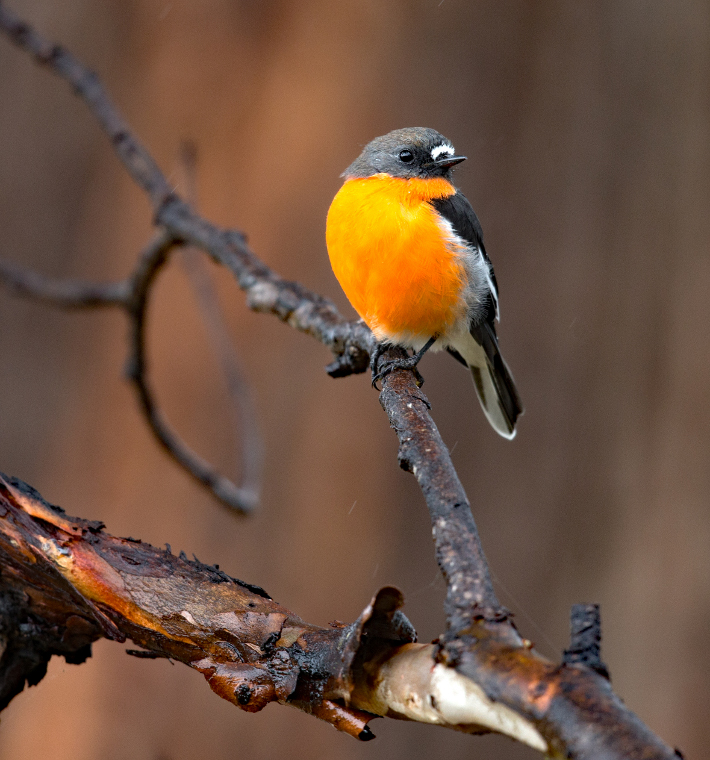
Flame Robin 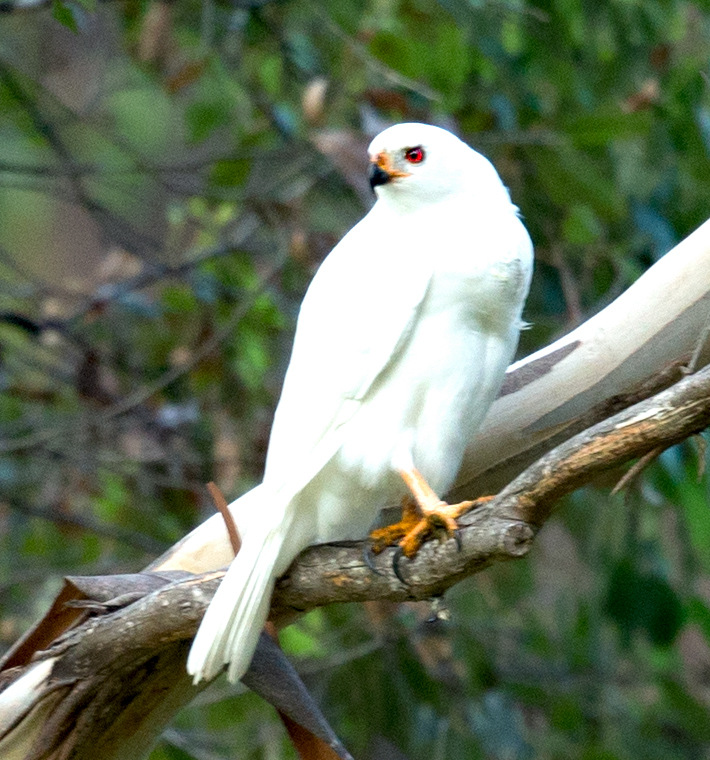
Grey Goshawk 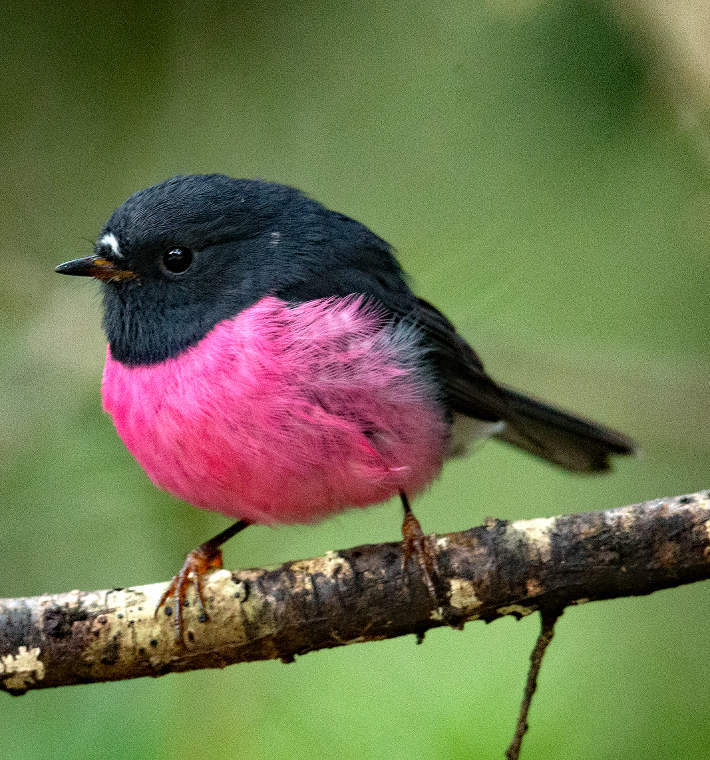
Pink Robin
Versatile flora and fauna
Australia and Tasmania exhibit a vast variety of habitats: from robinia and eucalyptus woods to subtropical humid forests and moorlands on Tasmania. Unique endemic species with long phylogenetic tradition could arise here.
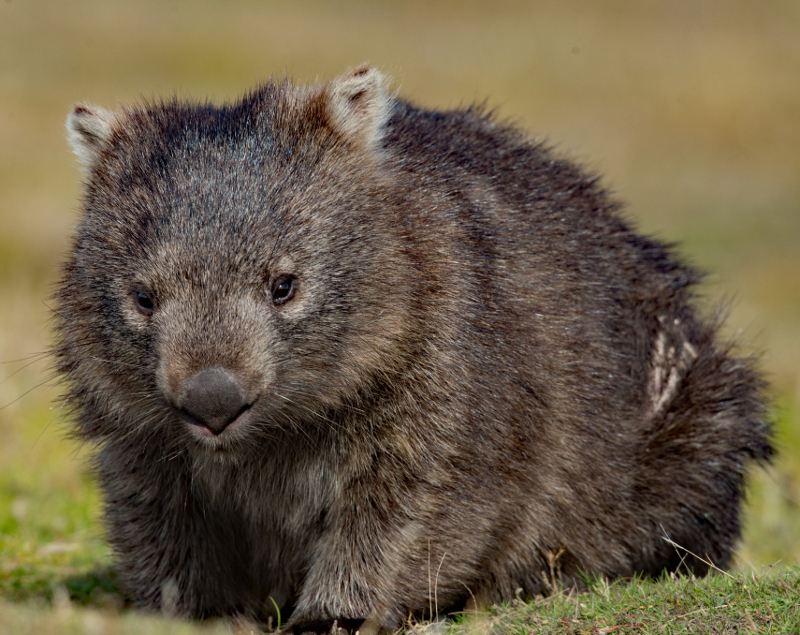
The travel birding group will not only encounter rare bird species like the Bowerbird with its striking courtship behavior but also special mammals as Western Grey Kangaroo, Wombats, Koala bears, bats and Flying Foxes or the Southern Right Whale. From river tours to hiking in national parks everything is organized. You need to have strong stamina not only for the best twitches but also for the extended tours.
Tasmania as culmination in the end
It is about 12,000 years since Tasmania has physically separated from the Australian mainland. For nature this was an asset and that is why one fourth of the island is UNESCO’s world heritage site nowadays. Of the 64,519 spare kilometers more than one third is declared as national park, inhabited by unique species. Some of the most interesting ones are: Tasmanian Native Hen, Forty-spotted Pardalote and Black Currawong. If we will be lucky we will encounter the devil.
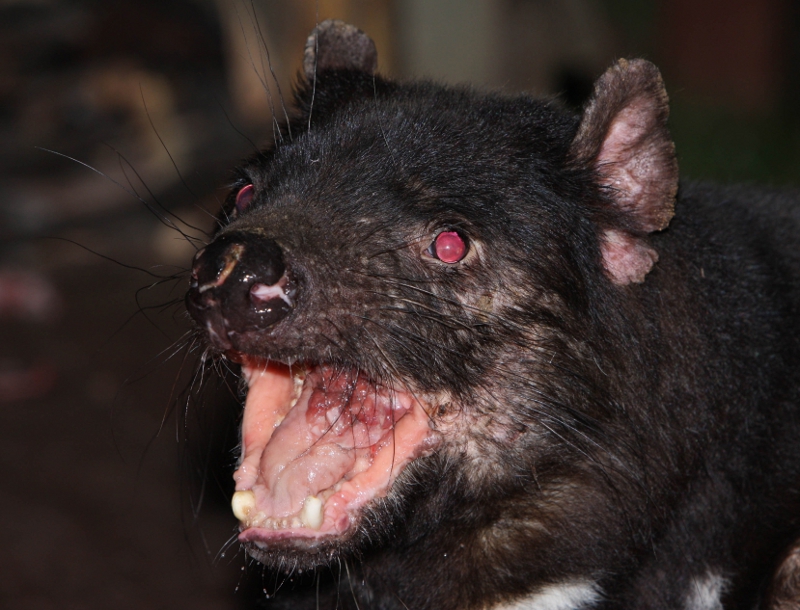
The Tasmanian Devil got its name thanks to its ears, which turn into red when it is excited, its screeching which can be heard miles away and its curious and partly aggressive behavior. In addition, it exudes an unpleasant smell when outraged. On the Australian mainland the Tasmanian Devil has been extinct for six hundred years, so Tasmania is its last habitat.
Besides the extraordinary natural setting you will have enough space: the population density is only about 7.5 inhabitants per square kilometer. We will leave fall clothing in the cabinet at home as temperature will be very pleasant. Just a sun hat, good binoculars and perhaps a field guide for Australian and Tasmanian bird species will do it. And don’t forget to keep your eBird checklists! Otherwise we will rely on the experienced tour guides.
So, let’s catch the few sun rays at home or take a sunlamp and dream away to Tasmania. There are enough books about the species there to get prepared. Until then familiarity our neighbor remains the center of the world as well as the well-known bird species in our gardens or the next woods. In our mind we are already on our way to the very rare species at the other part of the world, where the day ends while ours just begins.
Our partner Rockjumper Birding Tours offers guided tours in Tasmania. The next available tour is in October 2022: https://www.rockjumperbirding.com/tour-info/australia-tasmania-extension-iii-2021/47993